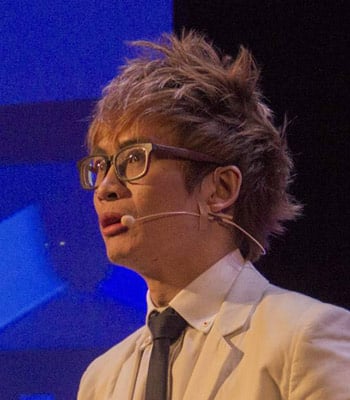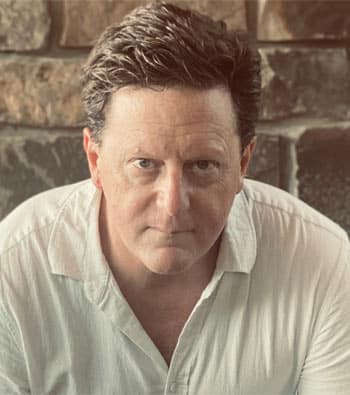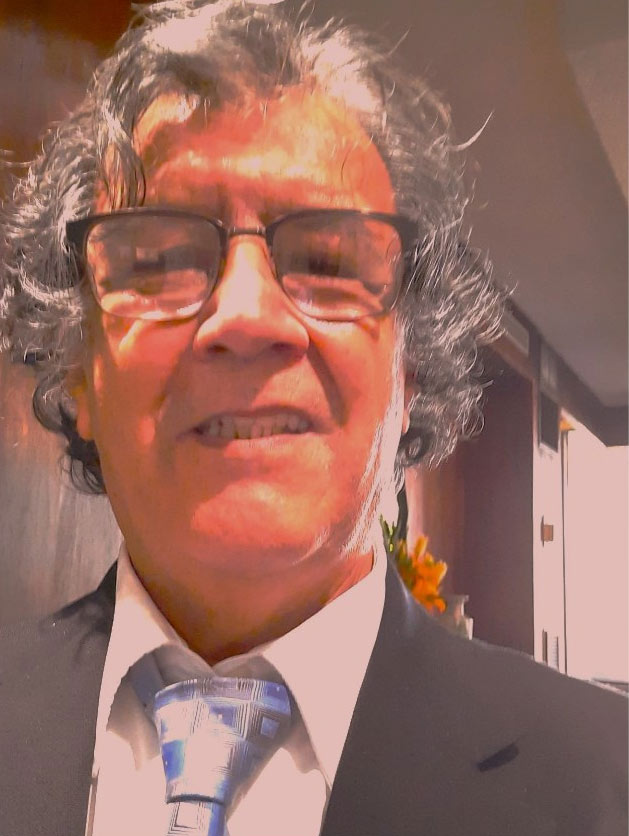
Damien Hirst is a British artist known for his provocative and controversial works, holding a significant role in the Young British Artists movement of the 1990s. Recognized for his unique approach to art, Hirst has consistently pushed the boundaries of convention. His work has death as a central theme.
Early life
Damien Hirst was born in Bristol, England, on June 7, 1965. Originally named Damien Steven Brennan, he spent his childhood in Leeds. Raised by his Irish mother who was employed at the Citizens Advice Bureau, he didn’t have the opportunity to meet his biological father. When Hirst was just two years old, his mother wedded his stepfather, but their union ended in divorce a decade later. It’s said that his stepfather worked as a motor mechanic.
Hirst’s passion for art was evident early on. Despite not initially succeeding in all his educational endeavors, his art instructor at Allerton Grange School advocated for him to join the sixth form. Here, he pursued two A-levels, managing to secure an “E” grade in art. Although his first application to Jacob Kramer College was unsuccessful, he was later admitted into the Foundation Diploma course.
In 1983, Hirst was profoundly influenced by an exhibit at the Hayward Gallery featuring the works of Francis Davison. Davison’s abstract collages, fashioned from ripped and cut colored paper, made a significant impression on Hirst, guiding his own creations for the subsequent couple of years.
Before formally diving into the art world, Hirst spent two years working on construction sites in London. His journey in fine arts education took him to Goldsmiths College from 1986 to 1989. He faced an initial setback when he was denied admission, but determination led him to reapply and secure a spot. A notable piece of art, “An Oak Tree” by Michael Craig-Martin, Goldsmiths’ senior tutor, deeply resonated with Hirst. He expressed in 2007, “That piece remains, in my eyes, the pinnacle of conceptual sculpture. It’s permanently etched in my mind.” Hirst’s exposure to various experiences as a student, including a stint at a mortuary and assisting at Anthony d’Offay’s gallery, undeniably shaped his artistic themes and choice of materials in the years to come.
Career
Early Ventures and Student Exhibitions
In the summer of 1988, during his sophomore year at Goldsmiths College, Hirst took the lead in orchestrating an independent student display named “Freeze.” This exhibit was set up in an unused administrative facility of the London Port Authority, located in London’s Docklands. Funding for this initiative was provided by the London Docklands Development Corporation. Notable figures like Charles Saatchi, Norman Rosenthal, and Nicholas Serota visited the exhibition, largely due to the persuasion of Hirst’s Goldsmiths lecturer, Michael Craig-Martin. Hirst’s personal addition to the exhibition was a set of cardboard boxes adorned with domestic paint. Post-graduation, Hirst was featured in the “New Contemporaries” exhibition and a collective showcase at Kettle’s Yard Gallery in Cambridge. When in search of a gallery representative, he approached Karsten Schubert but faced rejection.
In 1990, Hirst, alongside colleagues Carl Freedman and Billee Sellman, curated two innovative “warehouse” exhibitions titled “Modern Medicine” and “Gambler.” These were hosted in a previously occupied Peek Freans biscuit factory in Bermondsey, which they named “Building One”. Charles Saatchi marked his presence at the latter exhibition, arriving in a striking green Rolls-Royce. Freedman recalls Saatchi being profoundly impacted, even purchasing Hirst’s pioneering “animal” installation titled “A Thousand Years.” This piece showcased a rotting cow’s head in a sizeable glass enclosure, attracting maggots and flies. The trio also presented Michael Landy’s “Market.” Reflecting on his aspirations at this juncture, Hirst remarked, “I’m eager to reach a stage where I can produce truly terrible art and still be applauded. Currently, if I attempted certain endeavors, people would scrutinize and probably dismiss them. But with time, such audacities become more acceptable.”
Hirst’s career skyrocketed in the 1990s as he became a leading figure in the Young British Artists (YBA) movement. This group, backed by art collector and advertiser Charles Saatchi, was renowned for their unconventional and often shocking works.
In 1991, Hirst created one of his most iconic pieces, “The Physical Impossibility of Death in the Mind of Someone Living.” This artwork comprised a tiger shark preserved in a tank of formaldehyde, pushing the boundaries of what art could be and challenging the viewer’s perceptions of life and death. This audacious approach became a hallmark of Hirst’s work.
Further cementing his reputation, Hirst curated a show in 1988 called “Freeze” while still a student at Goldsmiths. This exhibition, featuring works by Hirst and fellow YBAs, is credited with introducing the YBA movement to the art world. As Hirst continued his career, his pieces expanded to include other preserved animals, spin paintings, and spot paintings.
His later works, such as “For the Love of God” – a platinum skull encrusted with 8,601 diamonds, and his series of spin paintings, showcased his penchant for blending art with commerce. This fusion not only allowed him to create artwork that intrigued but also artwork that sold for immense sums.
Throughout the 2000s and 2010s, Hirst continued to provoke, challenge, and enthrall. He became known not just for his physical artworks but also for his unique art installations and exhibitions. His 2012 retrospective at the Tate Modern in London drew record-breaking crowds, emphasizing his role as a leading figure in contemporary art.

Net Worth
Damien Hirst’s audacious approach to art has not only garnered attention but also significant financial success. He was widely recognized as the UK’s richest artist with an estimated net worth of over $384 million.
Achievement
Damien Hirst’s contributions to the art world have been acknowledged with numerous awards and honors:
Related Bios

Vinh Giang
Primarily known as a world-class keynote speaker and magician, Vinh Giang is also an entrepreneur several times over, ha...
Read More
Mick Ebeling
Mick Ebeling is a producer, author, entrepreneur, technological trailblazer, and philanthropist. He is best known as the...
Read More
J.C. Hallman
John Christopher Hallman, known professionally as J.C. Hallman, is a critically acclaimed American author of both fictio...
Read More
Sal Godoij
Sal Godoij is a dedicated and seasoned writer with a career spanning over 23 years in the publishing industry. His works...
Read More
Social Profile
Damien Hirst maintains an active presence on social media platforms:
These handles provide insights into his latest works, exhibitions, and personal musings.